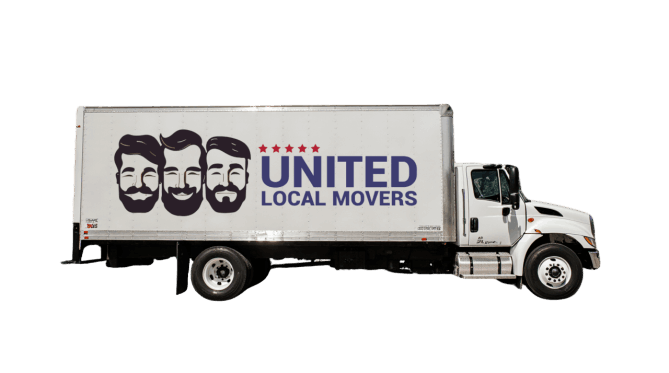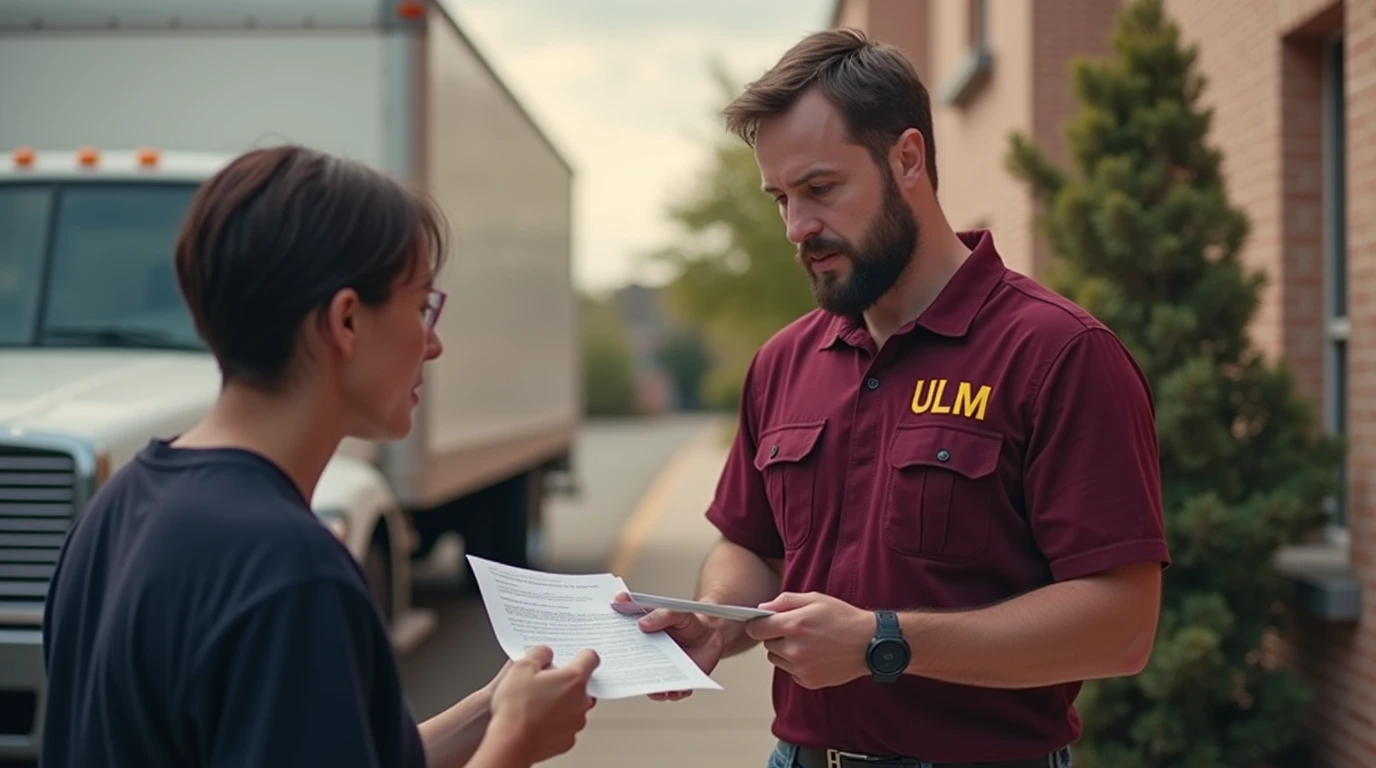Life doesn’t always follow the lease term. Whether it’s a job relocation, family changes, or unexpected circumstances, sometimes moving means breaking a lease, transferring it, or subleasing. Each option has different financial, legal, and practical consequences — and understanding them can save you a lot of stress and money.
This guide walks you through how lease breaks, transfers, and subleases work, what your rights are, and how to handle the process like a pro.
Why Lease Situations Get Complicated During a Move
Leases are binding legal contracts between you and your landlord. Ending or changing them before the agreed term can involve:
- 💰 Early termination fees or rent obligations
- 📄 Strict notice and documentation requirements
- 🏠 Finding qualified replacement tenants
- ⚖️ Legal and credit consequences if handled poorly
The good news: with the right strategy, many tenants successfully navigate lease changes without penalty.
Step 1: Read Your Lease Agreement Carefully
Before making any decisions, review your current lease. Look for clauses related to:
- 📅 Lease termination and early exit policies
- 🔁 Lease transfer or assignment options
- 📩 Notice periods and procedures
- 💰 Penalties or fees for early termination
- 👥 Subleasing permissions and requirements
These clauses will determine your best path forward and what obligations you’ll need to meet legally.
Step 2: Understand Lease Break vs. Lease Transfer vs. Sublease
These three terms are often used interchangeably but mean very different things:
- 🚪 Lease Break: You end the lease early and vacate the property. Depending on state law, you may owe rent until the landlord finds a new tenant.
- 🔄 Lease Transfer (Assignment): You hand over the lease to a new tenant, who assumes full responsibility for rent and conditions. You’re typically released from future liability.
- 🏡 Sublease: You remain on the original lease but allow someone else to live there and pay rent to you. You’re still legally responsible for the lease terms.
Choosing the right option depends on your situation, timeline, and financial flexibility.
Step 3: Know Your Legal Rights
Many states have tenant protection laws that limit penalties for early lease termination. Common provisions include:
- ⚖️ Landlords must make a “good faith” effort to re-rent the unit
- 🏠 You may not owe rent for the entire remaining lease term
- 📬 You can break a lease without penalty in cases like military orders or unsafe living conditions
Check your state’s tenant rights resources to understand your protections before starting the process.
Step 4: Communicate With Your Landlord Early
Landlords are far more likely to work with tenants who give early and clear notice. When reaching out:
- 📅 Provide written notice of your intention to move
- 🧾 Explain your reason for leaving
- 👥 Offer solutions, like helping find a new tenant
- 🤝 Keep the tone respectful and professional
Many landlords prefer a smooth handoff over lengthy vacancies, which can work in your favor.
Step 5: Lease Break — Minimizing Costs
If you need to break the lease outright, there are ways to reduce or eliminate penalties:
- 🔍 Help the landlord find a qualified replacement tenant
- 🧾 Document your move-out date and property condition
- 📅 Provide as much notice as possible (30–60 days is ideal)
- 📬 Request written confirmation of the lease termination terms
Some landlords offer early termination clauses with fixed fees, making the process more predictable.
Step 6: Lease Transfer — A Clean Handoff
A lease transfer (assignment) is often the cleanest option if allowed. To make it successful:
- 👥 Find a qualified tenant who meets the landlord’s screening criteria
- 📝 Submit a formal transfer request
- 📄 Sign a transfer or assignment agreement
- 🔑 Return keys and have the new tenant sign a move-in inspection report
Once the transfer is approved, you’re typically free from further rent obligations — though some leases may require a final payment or administrative fee.
Step 7: Subleasing — Flexibility With Responsibility
Subleasing can be a great solution if your lease doesn’t allow transfers or if you plan to return later. But:
- ⚠️ You remain legally responsible for rent and damages
- 🧾 You should have a sublease agreement with the new occupant
- 📅 Inform your landlord if required by the lease
- 💸 Collect rent reliably each month
Screen your subtenant carefully — if they don’t pay, you’re still on the hook.
Step 8: Documentation Is Everything
No matter which option you choose, always keep thorough records:
- 📝 All written communication with your landlord
- 📄 Lease transfer or termination agreements
- 📸 Move-out photos of the unit’s condition
- 🧾 Any payments or deposit agreements
This documentation protects you if disputes arise later.
Step 9: Security Deposit Considerations
Breaking or transferring a lease can affect how and when your security deposit is returned. To maximize your chances of getting it back:
- 🧹 Clean the unit thoroughly before leaving
- 📸 Document its condition
- 📩 Provide a forwarding address for deposit return
- 🤝 Clarify in writing whether the deposit goes to you or the new tenant (in transfers)
Landlords typically have 14–30 days to return the deposit, depending on state law.
Step 10: Avoid Common Mistakes
Many lease disputes happen because of simple missteps. Avoid these:
- 🚫 Leaving without written notice
- 🚫 Relying on verbal agreements
- 🚫 Failing to document move-out condition
- 🚫 Ignoring sublease rules in the lease
Following proper procedures protects your finances and your rental history.
Step 11: Consider Legal or Mediation Support if Needed
If your landlord refuses to cooperate or charges unfair penalties, you may have options:
- ⚖️ Contact your local tenant rights organization
- 📬 Send a formal demand letter
- 🤝 Consider mediation before court
- 🏛️ Small claims court may be an option for deposit disputes
Understanding your rights gives you leverage to negotiate fairly.
Working With a Professional Moving Company
Relocating under lease pressure can be overwhelming. United Local Movers can help by taking care of the physical move so you can focus on paperwork, negotiations, and protecting your finances.
Moving Forward Without Legal Headaches
Breaking, transferring, or subleasing a lease doesn’t have to be messy. With clear communication, documentation, and legal awareness, you can protect your wallet, your credit, and your rental history — and step confidently into your next home.
With United Local Movers, your relocation becomes safer, faster, and stress-free — no matter how your lease ends.





